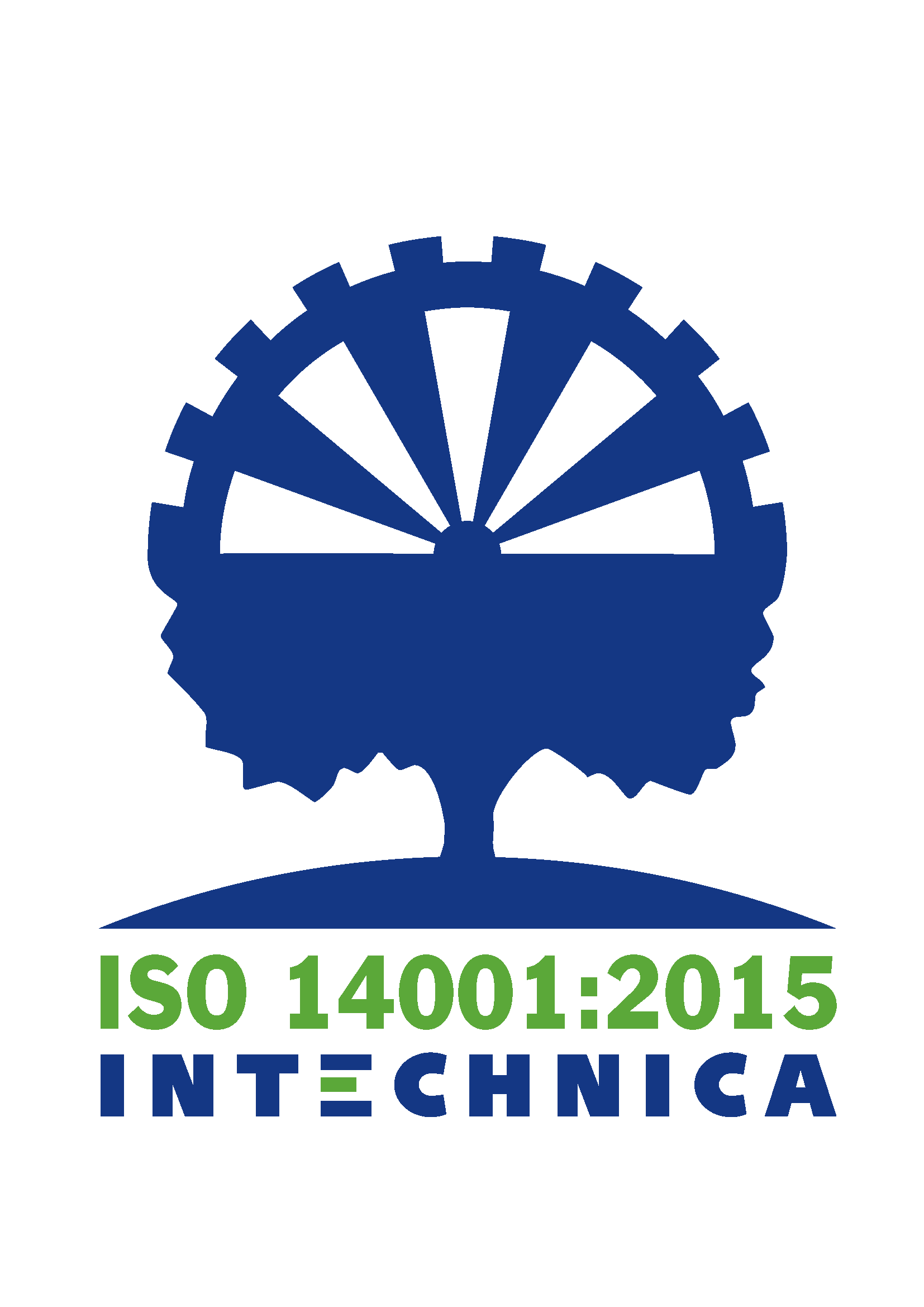Springs play a crucial role in medical technology. These small yet powerful components have a wide range of applications, from supporting implanted medical devices to adjusting surgical instruments. Thanks to their unique properties like precision, flexibility, and durability, they significantly contribute to the efficiency and effectiveness of various medical procedures.
Significance of Springs in Medical Devices
Springs are used in a variety of medical devices, including pacemakers, insulin pumps, endoscopes, and even prosthetics. They optimize the movement and functionality of these devices, ensuring their optimal performance. With advancing technology and continuous development, springs can be tailored to meet the unique requirements of each medical application.
Types of Springs in Medical Technology
There are various types of springs used in medical technology. A common type is the compression spring used in medical devices to exert controlled force. Tension springs are employed to create tensile force, while torsion springs can support rotational movement. Moreover, there are many other specialized springs developed for specific medical applications.
Materials for Springs and Their Properties
When selecting spring materials for medical applications, various factors must be considered. For example, they need to be corrosion-resistant to withstand the demands of bodily tissues. Simultaneously, they must possess high elasticity to generate the required spring force. Materials like stainless steel, titanium alloys, and cobalt-chrome are common choices due to their excellent properties.
Design Considerations for Springs in Medical Devices
The design of springs for medical devices requires careful planning and consideration of various factors. The right spring design can enhance the functionality and durability of the device. This includes aspects like selecting the appropriate spring style, calculating the required spring force, and integrating safety mechanisms to prevent spring failure.
Challenges and Solutions in Manufacturing Springs for Medical Technology
Manufacturing springs for medical technology presents some challenges. One of these is the need to produce precise and reliable springs in large quantities. Simultaneously, the springs must adhere to the stringent requirements of medical standards and regulations. However, advances in manufacturing technology and the use of automated processes have enabled overcoming these challenges, producing high-quality springs for medical devices.
Case Studies: Successful Applications of Springs in Medical Devices
There are numerous case studies showcasing the successful application of springs in medical devices. One example is the use of spring mechanisms in artificial heart valves to optimize their movement. Another case study involves the use of springs in surgical instruments to enhance precision and control during procedures. These case studies demonstrate the diverse applications and added value that springs offer in medical technology.
Future Developments and Trends in Spring Technology for Medical Devices
Spring technology in medical devices is continually evolving to meet the demands of the changing medical landscape. One trend is the miniaturization of springs to enable their use in increasingly smaller medical devices. Additionally, the integration of wireless transmission systems into spring mechanisms is being researched to improve the monitoring and control of medical devices. The future of spring technology in medical devices promises exciting possibilities and advancements.
Regulations and Standards for Springs in Medical Technology
The use of springs in medical technology is subject to strict regulations and standards to ensure the safety and efficacy of devices. International organizations like the ISO (International Organization for Standardization) have established specific norms and guidelines for springs in medical devices. These standards encompass aspects like material selection, manufacturing processes, and quality control to ensure that the springs meet the required standards.
Conclusion: The Role of Springs in Advancing Medical Technology
Springs play a crucial role in medical technology, significantly contributing to progress and enhancing patient care. Their unique properties and applications enable the optimization of medical devices and procedures. The continuous evolution of spring technology in medical devices will contribute to making devices more effective, precise, and safe. As small components, springs have a significant impact and are indispensable for advancing medical technology.









Leave A Comment